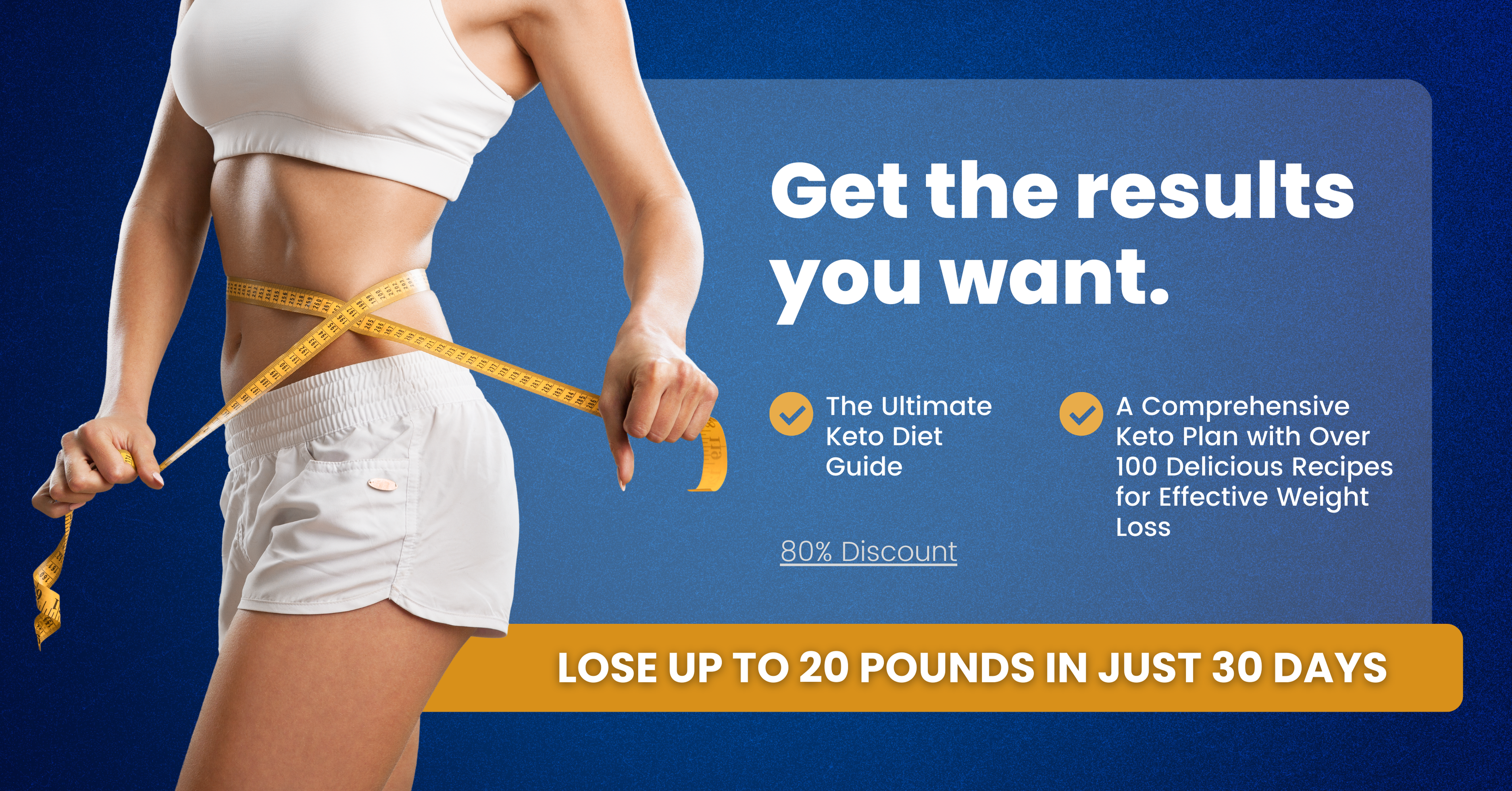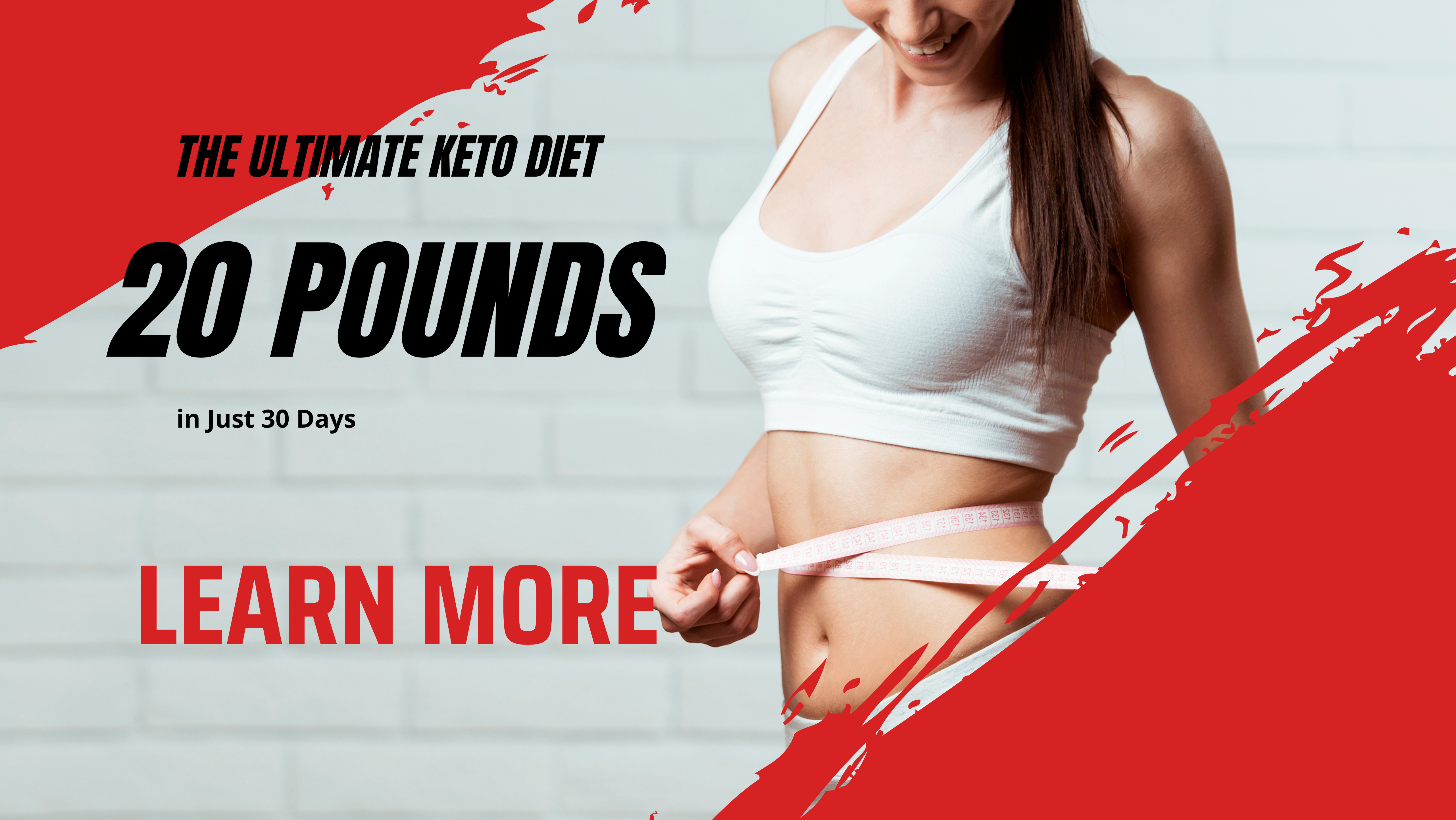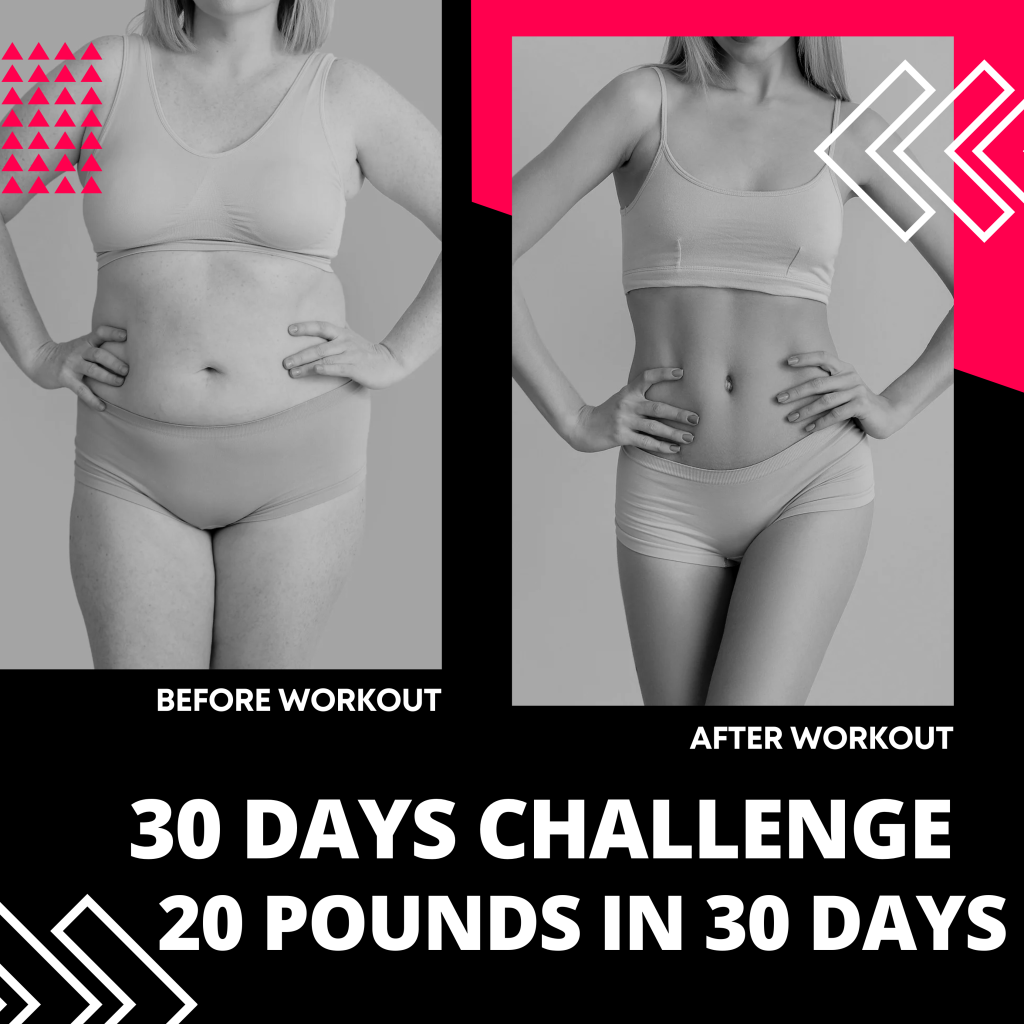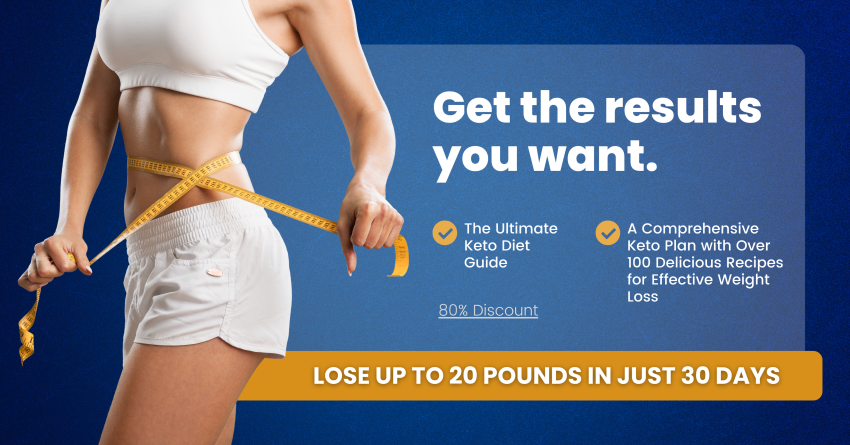

The keto diet has become one of the most popular low-carb diet trends in recent years. But what exactly is the keto diet, and how does it work? In this article, we will dive into the basics of the keto diet and provide you with everything you need to know to get started on your keto journey.
What is the Keto Diet?
The keto diet, short for ketogenic diet, is a high-fat, low-carb diet that has been shown to help people lose weight and improve their overall health. The goal of the keto diet is to put your body in a state of ketosis, where it burns fat for fuel instead of carbohydrates.
When you significantly reduce your carb intake, your body starts to break down fat into molecules called ketones, which can be used as fuel in place of glucose. This process can lead to weight loss, improved energy levels, and better mental clarity.
What Can You Eat on the Keto Diet?
On the keto diet, you will focus on eating foods that are high in fat and low in carbs. Some examples of foods that are allowed on the keto diet include:
– Meat and poultry
– Fish and seafood
– Eggs
– High-fat dairy products like cheese and butter
– Nuts and seeds
– Low-carb vegetables like leafy greens, broccoli, and cauliflower
– Avocados
– Healthy oils like olive oil and coconut oil
Foods that should be avoided on the keto diet include:
– Sugar
– Grains
– Starchy vegetables like potatoes and corn
– Processed foods
– Fruit (in large quantities)
It is important to note that the keto diet is not just a low-carb diet, but a specific balance of macronutrients. To achieve ketosis, most people on the keto diet aim to consume about 70-75% of their calories from fat, 20-25% from protein, and only 5-10% from carbohydrates.
Benefits of the Keto Diet
Research has shown that the keto diet can offer a number of health benefits, in addition to weight loss. Some of the potential benefits of the keto diet include:
– Improved weight loss
– Increased energy levels
– Better mental focus and clarity
– Lower blood sugar levels
– Reduced inflammation
– Lower risk of heart disease and type 2 diabetes
It is important to note that the keto diet may not be suitable for everyone, especially those with certain medical conditions like diabetes or kidney disease. It is always recommended to consult with a healthcare provider before making any significant dietary changes.
Getting Started on the Keto Diet
If you are interested in trying out the keto diet, there are a few key steps to keep in mind. First, make sure to plan your meals in advance and stock up on keto-friendly foods. You may also want to consider tracking your macronutrient intake using a food diary or app to ensure you are sticking to the proper ratios.
It is also important to stay hydrated and consume enough electrolytes while on the keto diet, as your body may excrete more water and minerals on a low-carb diet. Additionally, be prepared for some potential side effects as your body adjusts to burning fat for fuel, such as the “keto flu” which can include symptoms like headaches, fatigue, and irritability.
In conclusion, the keto diet is a popular low-carb diet trend that can offer a number of health benefits, including weight loss and improved energy levels. By focusing on high-fat, low-carb foods and aiming for a specific balance of macronutrients, you can put your body into a state of ketosis and reap the benefits of this transformative diet. Just remember to consult with a healthcare provider before beginning any new diet regimen, and listen to your body for any signals that the keto diet may not be right for you.






